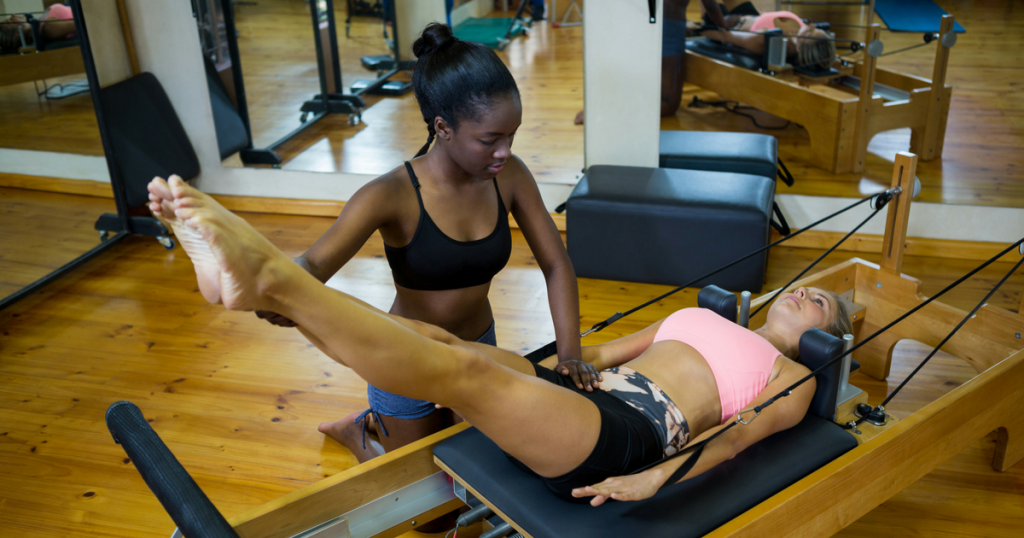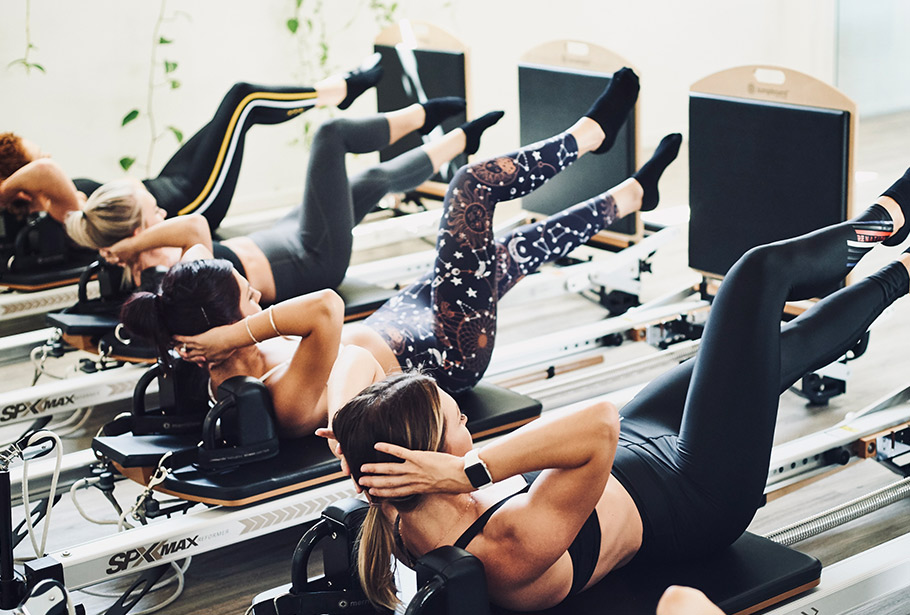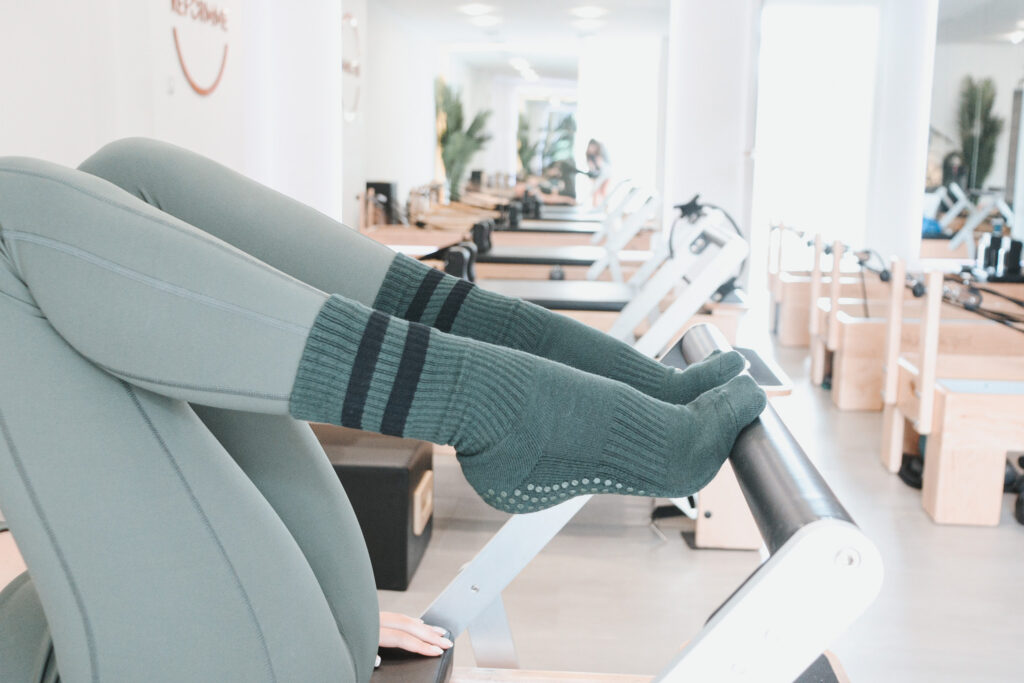Dress for Success: Your Guide to What to Wear to Pilates

Dress for Success: Your Guide to What to Wear to Pilates
Pilates has gained immense popularity as a low-impact exercise that focuses on core strength, flexibility, and posture.
Whether you’re a seasoned enthusiast or a curious beginner heading to a class, knowing what to wear can significantly enhance your comfort and performance.
The right attire allows for a full range of motion without restriction, helps your instructor assess your form, and ultimately contributes to a more effective workout.
Let’s delve into the specifics of what to wear to your next Pilates session.
What should you wear to your first Pilates class?

For your first Pilates class at Delta Valley, comfort and ease of movement are key. Opt for form-fitting yet breathable clothing that allows your instructor to see your body alignment.
Loose, baggy clothes can hinder their ability to observe your posture and ensure you’re performing exercises correctly.
Good options for your first class include:
- Fitted leggings or yoga pants: These allow for a full range of motion and won’t get in the way during exercises.
- A fitted t-shirt or tank top: Choose breathable fabrics like cotton, bamboo, or moisture-wicking synthetics. Avoid overly loose tops that might ride up or fall over your head during inversions.
- Sports bra (for women): Provides necessary support during movement.
- Socks: While some studios prefer bare feet or grip socks, wearing regular socks for your first class is perfectly acceptable until you know the studio’s preference.
Avoid clothing with excessive zippers, buttons, or drawstrings that could dig into your skin or get caught on the equipment.
What kind of pants are best for Pilates?

The best kind of pants for Pilates are those that are form-fitting, flexible, and comfortable.
Leggings and yoga pants made from breathable and stretchy materials like spandex, Lycra, nylon blends, or Supplex are ideal.
These fabrics move with your body, allowing for unrestricted movement during exercises like roll-ups, leg circles, and stretches.
Consider the following when choosing Pilates pants:
- Full-length, capri, or 7/8 length: All are suitable depending on your preference and the temperature of the studio.
- High-waisted options: Many find high-waisted pants offer extra support and prevent them from slipping down during exercises.
- Seamless designs: Minimize chafing and irritation, especially during longer sessions.
- Moisture-wicking properties: Help keep you dry and comfortable, especially if you tend to sweat.
Avoid loose-fitting pants like sweatpants or baggy track pants, as they can restrict movement and make it difficult for your instructor to assess your alignment.
Should I wear socks or go barefoot for Pilates?
:quality(85):upscale()/2024/01/31/885/n/1922729/92e9c4d865baaa3b46fc17.13730972_.jpg)
The preference for socks or bare feet in Pilates often depends on the studio’s policy and the type of equipment used.
- Barefoot: Many Pilates instructors prefer students to be barefoot as it allows for better grip on the mat and equipment, and it helps you feel the connection between your feet and the floor. This can enhance proprioception (your body’s awareness of its position in space).
- Grip socks: These socks have a non-slip sole and are a popular alternative to bare feet. They provide added grip and can be beneficial for hygiene and warmth, especially on colder days or in studios with shared equipment. Delta Valley may recommend or even sell grip socks.
- Regular socks: While acceptable for your first class, regular socks can sometimes be slippery on the equipment, potentially compromising your stability and safety.

What kind of tops are appropriate for Pilates?
For Pilates tops, the key is to choose something fitted, breathable, and comfortable that won’t restrict your movement or get in your way.
Good choices for Pilates tops include:
- Fitted t-shirts: Choose breathable fabrics that allow for a full range of motion in your arms and shoulders.
- Tank tops or racerback tops: These allow for maximum freedom of movement in the arms and shoulders and are great for warmer studios.
- Fitted long-sleeved tops: Suitable for cooler days or if you prefer more coverage. Ensure the sleeves are fitted so they don’t interfere with exercises.
- Sports bras (worn alone or under a top): Provide support and allow your instructor to see your upper body alignment.
Avoid loose-fitting tops that can ride up during inversions or forward bends, potentially exposing your midsection or falling over your face.
Also, avoid tops with wide sleeves that could get caught on the equipment.
Can I wear shorts to Pilates?
.jpg?width=1200&height=628&name=Studio_Images_FB8%20(1).jpg)
Fitted shorts can be an option for Pilates, especially during warmer months or in heated studios. However, consider the following:
- Length: Opt for longer, form-fitting shorts (like bike shorts or compression shorts) to ensure modesty and prevent them from riding up during exercises. Shorter, looser shorts may not provide adequate coverage.
- Distraction: Some individuals may find that shorts can be distracting or feel less secure during certain movements.
- Instructor visibility: While fitted shorts allow your instructor to see your leg alignment, leggings often provide a clearer view of the entire leg.
If you choose to wear shorts to your Pilates class at Delta Valley, ensure they are comfortable, form-fitting, and allow for a full range of motion without any discomfort or exposure.
What kind of sports bra is best for Pilates?
For Pilates, a medium-impact sports bra is generally sufficient. Since Pilates is a low-impact exercise, you don’t need the high level of support required for activities like running or jumping.
Consider the following features when choosing a sports bra for Pilates:
- Comfort: Choose a bra made from soft, breathable, and moisture-wicking fabric that feels comfortable against your skin.
- Support: Ensure it provides adequate support for the level of movement involved in Pilates, preventing excessive bouncing or discomfort.
- Straps: Opt for comfortable straps that don’t dig into your shoulders. Racerback or T-back styles can offer good support and freedom of movement.
- Coverage: Choose a style that provides the coverage you feel comfortable with.
Avoid sports bras with underwire that could dig in during floor exercises. Also, ensure any clasps or closures are smooth and won’t cause irritation when lying on your back.
Are there any specific clothing items to avoid for Pilates?

Yes, there are certain clothing items that are generally best to avoid when attending a Pilates class:
- Loose and baggy clothing: Restricts movement and makes it difficult for your instructor to assess your form.
- Clothing with excessive zippers, buttons, or drawstrings: Can dig into your skin, get caught on equipment, or be distracting.
- Jewelry: Can get in the way, snag on equipment, or cause injury. It’s best to remove rings, bracelets, and necklaces before class.
- Strong perfumes or lotions: Can be bothersome to other students in the close environment of a Pilates studio.
- Bulky shoes: Pilates is typically performed barefoot or in grip socks, so athletic shoes are not necessary and can hinder your connection to the mat and equipment.
What about hair and accessories for Pilates?
When it comes to hair and accessories for Pilates:
- Hair: If you have long hair, tie it back in a ponytail, bun, or braid to keep it out of your face during exercises, especially those involving inversions or lying down.
- Minimal accessories: As mentioned, avoid wearing jewelry. Small stud earrings are usually acceptable.
- Water bottle: Staying hydrated is important, so bring a water bottle with you to class.
- Small towel: Some individuals prefer to have a small towel to wipe away sweat.
Keep it simple and comfortable to minimize distractions and ensure your safety during the workout.
Dressing for Success at Delta Valley

Choosing the right attire for your Pilates class is crucial for comfort, performance, and safety.
Opt for form-fitting, breathable clothing that allows for a full range of motion and enables your instructor to assess your alignment. Remember to inquire about their preference for socks or bare feet.
By paying attention to what you wear, you can enhance your Pilates experience and fully focus on strengthening your core and improving your overall well-being in the supportive environment of Delta Valley.
